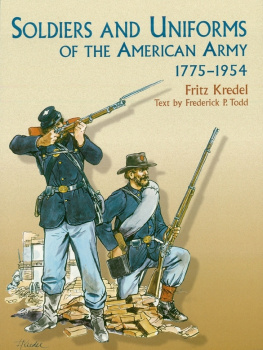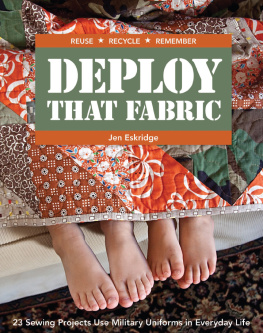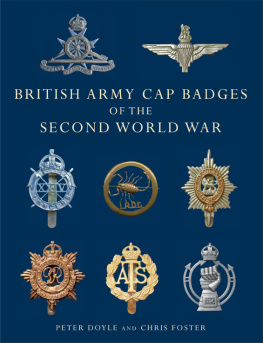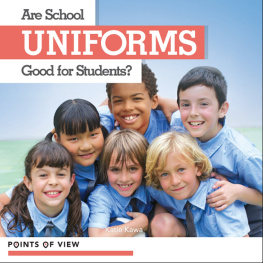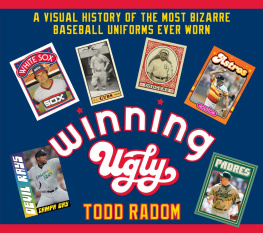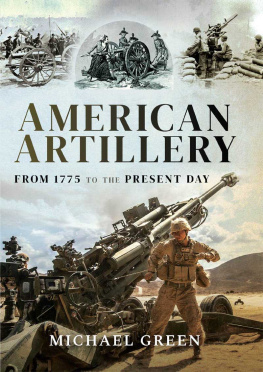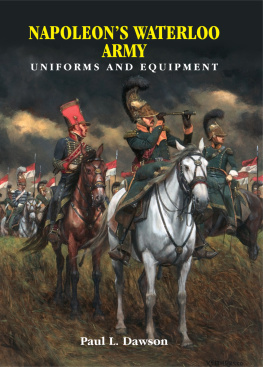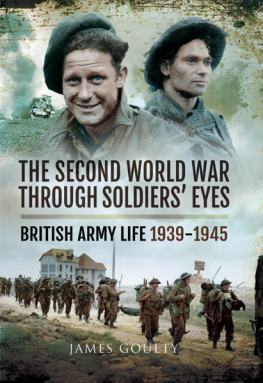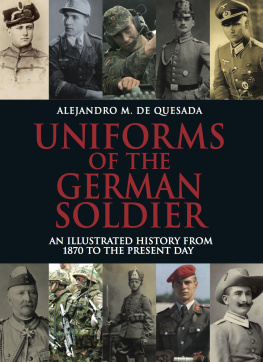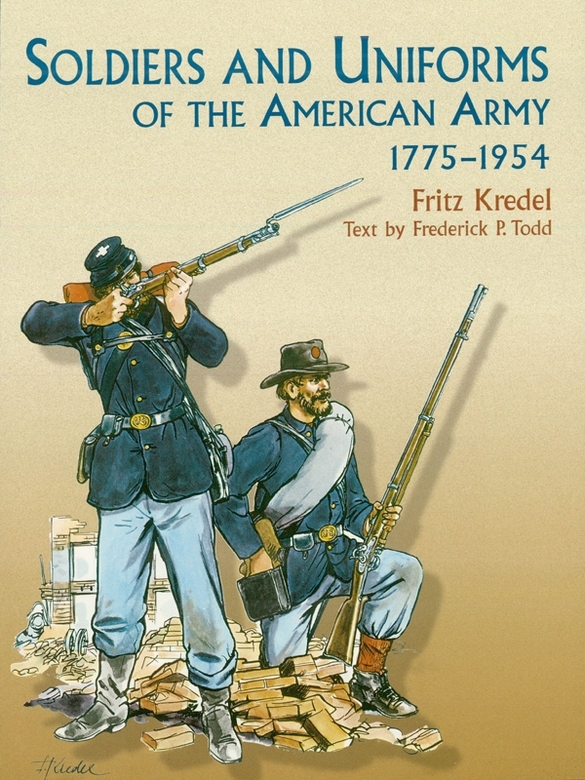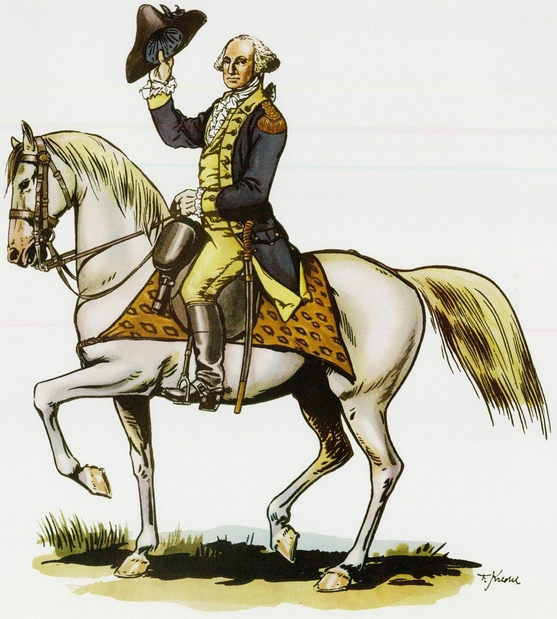PLATE 2, English flintlock lockplate with gooseneck hammer, used early in the Revolution. PLATE 3, Flintlock cavalry or horse pistol, period of the Revolution. PLATE 4, Officers silver laced epaulette, period of the Revolution. PLATE 6, Flintlock lockplate of the U. S. Musket, Model 1808. PLATE 7, Reverse of a flintlock lockplate of the period of the War of 1812. PLATE 8, Pick-and-brush for use with a flintlock musket; tassel to a shako cord. PLATE 12, Percussion lockplate of the U. S. Rifle Musket, Model 1841, one of the earliest percussion types. PLATE 15, Breech mechanism of the U. S. Carbine, Model 1843, showing Norths Improvement for operating the lock. PLATE 16, Percussion lockplate of the U. S. Rifle Musket, Model 1855, showing the Maynard tape primer. PLATE 22, Brass shoulder scale and hat decoration for full dress wear during the Civil War. PLATE 25, U. S. Magazine Carbine, Model 1896, and U. S. Magazine Rifle, Model 1892, the first of our magazine weapons, based on the Krag-Jorgenson system. PLATE 26, Lockplate of the U. S. Carbine, Model 1890, the last of our single-shot breechloaders.
THE HISTORY OF THE ARMY
OLIVER L. SPAULDING, The United States Army in War and Peace (New York, 1937)
WILLIAM A. GANOE, The History of the United States Army (New York, 1924)
EMORY UPTON, The Military Policy of the United States (Washington, 1904)
JOHN DICKINSON, The Building of an Army (New York, 1922)
AMERICAN MILITARY DRESS, ARMS AND ACCOUTREMENTS
QUARTERMASTER GENERAL, The Army of the United States (New York, 1886)
This first series of forty-four plates by H. A. Ogden appears in several different forms, the one above has a text by Henry Loomis Nelson. To this series three new plates were added in 1901. In 1908 twenty-three additional plates by the same artist were published without text, bringing the coverage through 1907. Up to 1861 the plates must be used with caution, thereafter they are unexcelled.
Dress regulations of the Army.
These have appeared in a wide variety of forms. Until about 1814 they were issued in manuscript, thereafter for many years they were published as General Orders. Until 1881 they also appeared in Army Regulations, but from that date to about 1925 they were usually made the subject of special publications. In recent years the uniform has been specified once more in Army Regulations.
JAMES E. HICKS, Notes on United States Ordnance (2 vols., Mt. Vernon, N. Y., 1940)
This valuable work combines the documentary background of our regulation weapons with excellent scale drawings of each typeand the parts of each typeby Andre Jandot.
HAROLD L. PETERSON, The American Sword , 1775-1945 (New Hope, Pa., 1954)
Detailed and scholarly coverage of all swords carried by American armed forces.
CHARLES M. LEFFERTS, Uniforms of the American, British, French, and German Armies in the War of the American Revolution (New York, 1926)
Still the classic work on this period.
ARCADI GLUCKMAN, United States Martial Pistols and Revolvers (Buffalo, 1939) and United States Muskets, Rifles and Carbines (Buffalo, 1948)
Two splendid studies of the weapons produced by our national armories as well as by contractors for the Government.
THE NATIONAL GEOGRAPHIC MAGAZINE, October 1917, December 1919, and June 1943.
Very useful colored plates and descriptions of flags and insignia.
MILITARY COLLECTOR & HISTORIAN, 1949 to date.
Current journal of American military antiquities and history, essential to students of the field. Associated therewith is a series of hand colored military plates entitled Military Uniforms in America.
The basic materials on the history of the Army and on its uniforms, arms, and equipment are in The National Archives, Washington, D. C.
Photographic material concerning the Army is to be found among the splendid collection of the Signal Corps in Washington, D.C. Military artifacts may be found in the National Museum in the same city in the West Point Museum at the U. S. Military Academy, in the several museums of the National Park Service, and in such private collections as the Fort Ticonderoga Museum, Fort Ticonderoga, N. Y., the Essex Institute, Salem, Mass., and the Confederate Museum, Richmond, Va.
PLATE 1. General George Washington
F AREWELL ORDERS to the Armies of the United States:
... It only remains for the Comdr in Chief to address himself once more, and that for the last time, to the Armies of the U States (however widely dispersed the individuals who compose them may be) and to bid them an affectionate, a long farewell....
A contemplation of the compleat attainment (at a period earlier than could have been expected) of an object for which we contended against so formidable a power cannot but inspire us with astonishment and gratitude. The disadvantageous circumstances on our part, under which the war was undertaken, can never be forgotten. The singular interpositions of Providence in our feeble condition were such, as could scarcely escape the attention of the most unobserving; while the unparalleled perserverance of the Armies of the U States, through almost every possible suffering and discouragement for the space of eight long years, was little short of a standing miracle.
It is not the meaning nor within the compass of this address to detail the hardships peculiarly incident to our service, or to describe the distresses, which in several instances have resulted from the extremes of hunger and nakedness, combined with the rigours of an inclement season; nor is it necessary to dwell on the dark side of our past affairs. Every American Officer and Soldier must now console himself, for any unpleasant circumstances which may have occurred by a recollection of the uncommon scenes in which he has been called to Act no inglorious part, and the astonishing events of which he has been a witness, events which have seldom if ever before taken place on the stage of human action, nor can they probably ever happen again. For who has before seen a disciplined Army formd at once from such raw materials? Who, that was not a witness, could imagine that the most violent local prejudices would cease so soon, and that men who came from the different parts of the Continent, strongly disposed, by the habits of education, to despise and quarrel with each other, would instantly become but one patriotic band of Brothers, or who, that was not on the spot, can trace the steps by which such a wonderful revolution has been effected, and such a glorious period put to all our warlike toils?
It is universally acknowledged, that the enlarged prospects of happiness, opened by the confirmation of our independence and sovereignty, almost exceeds the power of description....
To the various branches of the Army the General takes this last and solemn opportunity of professing his inviolable attachment and friendship.
Rock Hill, near Princeton,
November 2, 1783
GENERAL GEORGE WASHINGTON
PLATE 2. Thompsons Pennsylvania Rifle Battalion, 1775
O F ALL the types of soldier which made up the Continental Linefoot, horse, and gunners the rifleman was the most distinctly American. He was just as distinctive as the frontier from which he came; not because he carried a rifle or wore a buckskin shirt, but rather because he came from a folk whose resourcefulness, tenacity, and vision won an entire continent. Bred to these qualities, the rifleman had a natural dislike of convention which was at once his strength and his weakness. Like the ranger of the Old French War before him, he was ever the irregular, hard to manage, contemptuous of discipline, restless under the inevitable routine of an army, but deadly when properly employed.

